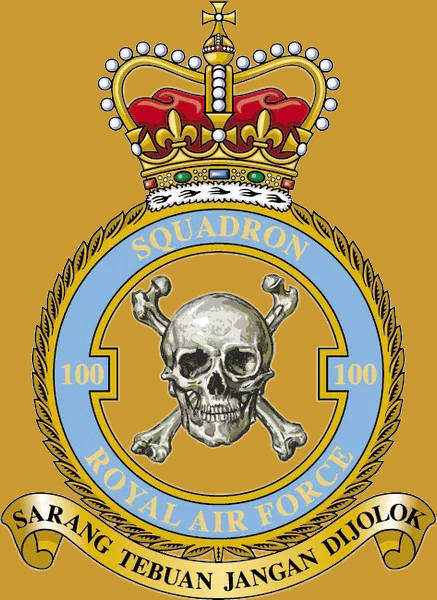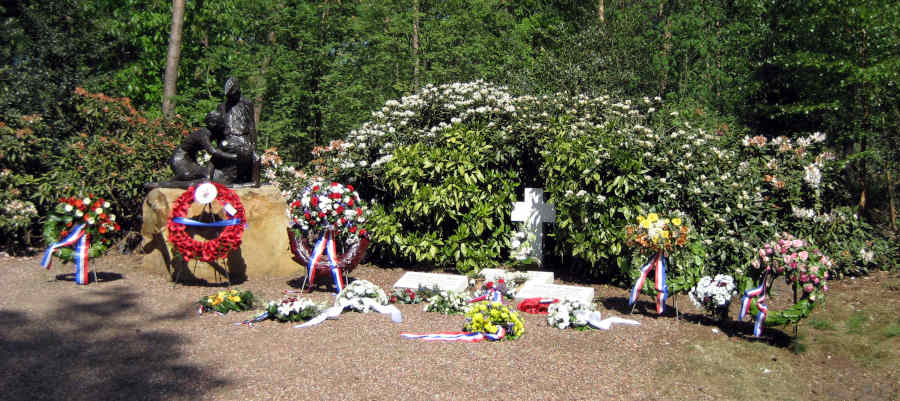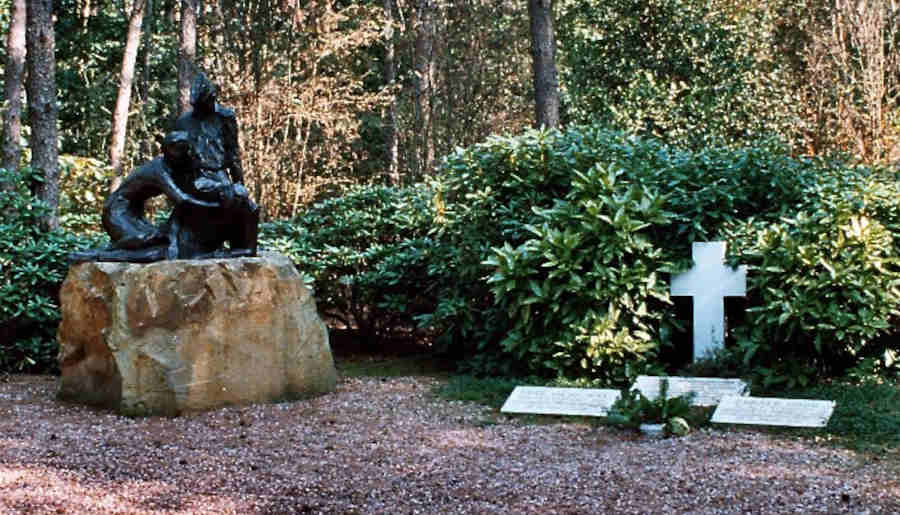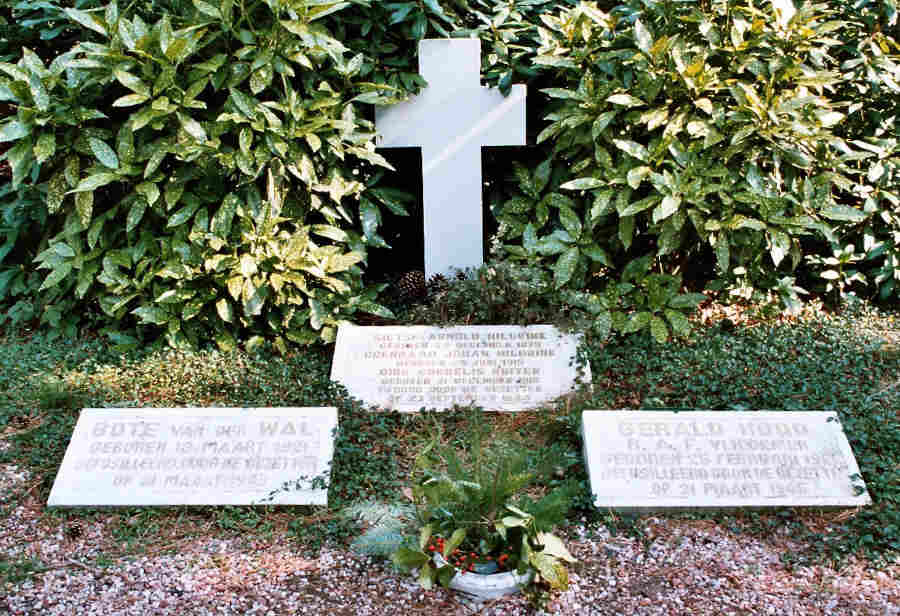A report of Mr. Eckhard Schimpf in the Braunschweiger Zeitung (Brunswick, Lower Saxony, Germany) on 04 January 2025 put us on the trail to a memorial in the Netherlands.
Mr. Eckhard Schimpf talks about events from Braunschweig's history every second Saturday. He also belongs to the generation that experienced the Second World War. He was still a little boy, but the terrible memories are firmly anchored in his mind. He talks about them from time to time. His contribution to "not forgetting" and "never again". Thank you for these important contributions and for sharing your memories, Mr. Schimpf.
Memorial in Netherlands - Trace to Brunswick
War again? Well, yes: I try not to burden my readers with this topic too often. But the bombing raids on Brunswick were extremely formative experiences of my childhood. Back then, our city was transformed into a real hell of fire within 40 minutes on October 15, 1944 - just to recall the heaviest of the 40 raids on Brunswick - when 200,000 bombs exploded here within 40 minutes. But another aspect was hardly considered. How did the attackers in the planes actually experience this horror? These attack flights from England were considered a "suicide mission"; anti-aircraft fire and German fighters shot down 40,500 Allied planes during the course of the war! And when the crew members tried to save themselves by parachute, they were often shot or beaten to death after landing. Around Brunswick alone there was a ring of positions from which 116 gun barrels protruded into the sky. Only rarely has it been described what the US Air Force and British Air Force crews (mostly young people between the ages of 21 and 30) experienced when they flew to "Target Brunswick".
Here is an example of this. About a year ago, Henry Kompagnie called me from Holland and asked if he could use my descriptions of the bombing raids from the 2005 Chronos film (now also on YouTube) for an event planned in the Netherlands to commemorate "80 years since the end of the war" in May 2025.
Months later, the Dutchman visited me in Brunswick and showed me a breathtaking documentary on his laptop. It all started when Henry Kompagnie remembered stories about a Lancaster bomber crashing not far from his home village of Bergentheim in the province of Overijssel during the war. Nobody knew for sure. Then a clue!
A weathered gravestone in nearby Zenderen reads: "Gerald Hood, RAF Pilot Officer, 23 years old, executed by the German invaders on March 21, 1945." Executed? What could have happened? Henry Kompagnie, a 58-year-old engineer at Benchmark Electronics in Almelo, began researching in archives. He eventually learned that a burning Lancaster had actually crashed just 400 meters from his current house on the night of August 13, 1944.
The bomber was on its way back from an attack on Brunswick. What the eight-man crew experienced was pure horror. And it turns out that this individual fate of the Englishman Gerald Hood also illustrates the madness of that era much more vividly than large-scale descriptions. On May 5, 2025 - the "Day of the Liberation of the Netherlands" - this case will now become a monument, a warning and a memorial to Brunswick in our neighboring country. What happened then? On the evening of August 12, 1944 at 9:45 p.m., the Lancaster LM 658 took off from Waltham airfield near Grimsby with 6,500 kilos of phosphorus incendiary bombs on board and joined a swarm of 379 aircraft over the North Sea. Target: Brunswick; specifically the residential areas of the city center. The Lancaster LM 658 had a crew of eight. The boss on board: the experienced pilot Harold Paston-Williams (33). His navigator was Gerald Hood (22). After a two-hour flight, the Lancaster LM 658 approached Brunswick from the southwest at around midnight. Suddenly the plane was hit by anti-aircraft fire. Despite this, the pilot, Paston-Williams, decided not to turn around but to attack. Into a "wall of German anti-aircraft shells and glaring searchlights" (according to the report). The bomb aimer, Benjamin Ramsden, ordered "bombs down" over the target point "east of the castle" at exactly 00:05: "Drop bombs." The plane then turned on course for home. But shortly afterwards the Lancaster was hit by anti-aircraft fire again. This time one of the fuel tanks caught fire. Pilot Paston-Williams kept the plane strictly on a westward course: don't crash over Germany! Burning in the night sky, the Lancaster presented a shining target and south of Nordhorn, the German pilot Robert Koch fired a burst of machine gun fire from his Messerschmitt BF 110 G at the Lancaster bomber at 1:04 a.m. That was the end. The tail section of the plane broke off, ammunition exploded, and LM 658 tumbled towards the ground. A few seconds of horror for the eight men on board. Four survived after parachuting, including pilot Paston-Williams and navigator Hood. One of the men remained trapped in the wreckage, three were found dead next to the crashed plane. Their parachutes had not opened because the men had apparently lost consciousness.
Gerald Hood, who is now commemorated by the gravestone in Zenderen, did not want to fall into the hands of the Germans under any circumstances. Dutch partisans provided him with medical care. Hood was able to go into hiding and lived for months in the lonely house of the widow Ebeltje van den Wal. But on March 13, 1945 - shortly before the end of the war - an SS troop tracked him down. Although Hood showed his Royal Air Force badge, the Gestapo and SS thought he was a spy. On March 21, 1945, SS-Untersturmführer Paul Hardegen ordered the 23-year-old Hood to be shot. The two SS men Sandrock and Schweinberger were later hanged by the British in Hamelin for this. But the man who gave the order to murder Gerald Hood went into hiding after the war. Probably with a new identity.
This Paul Hardegen had received his training at the SS-Junkerschule - in Brunswick.
© Braunschweiger Zeitung
|












